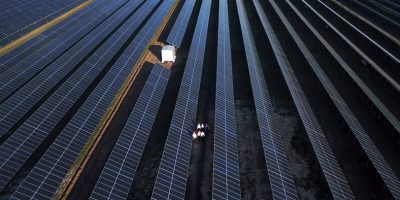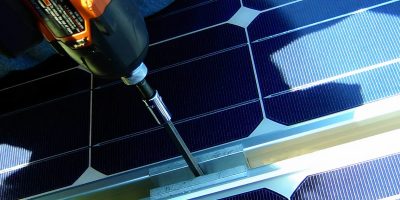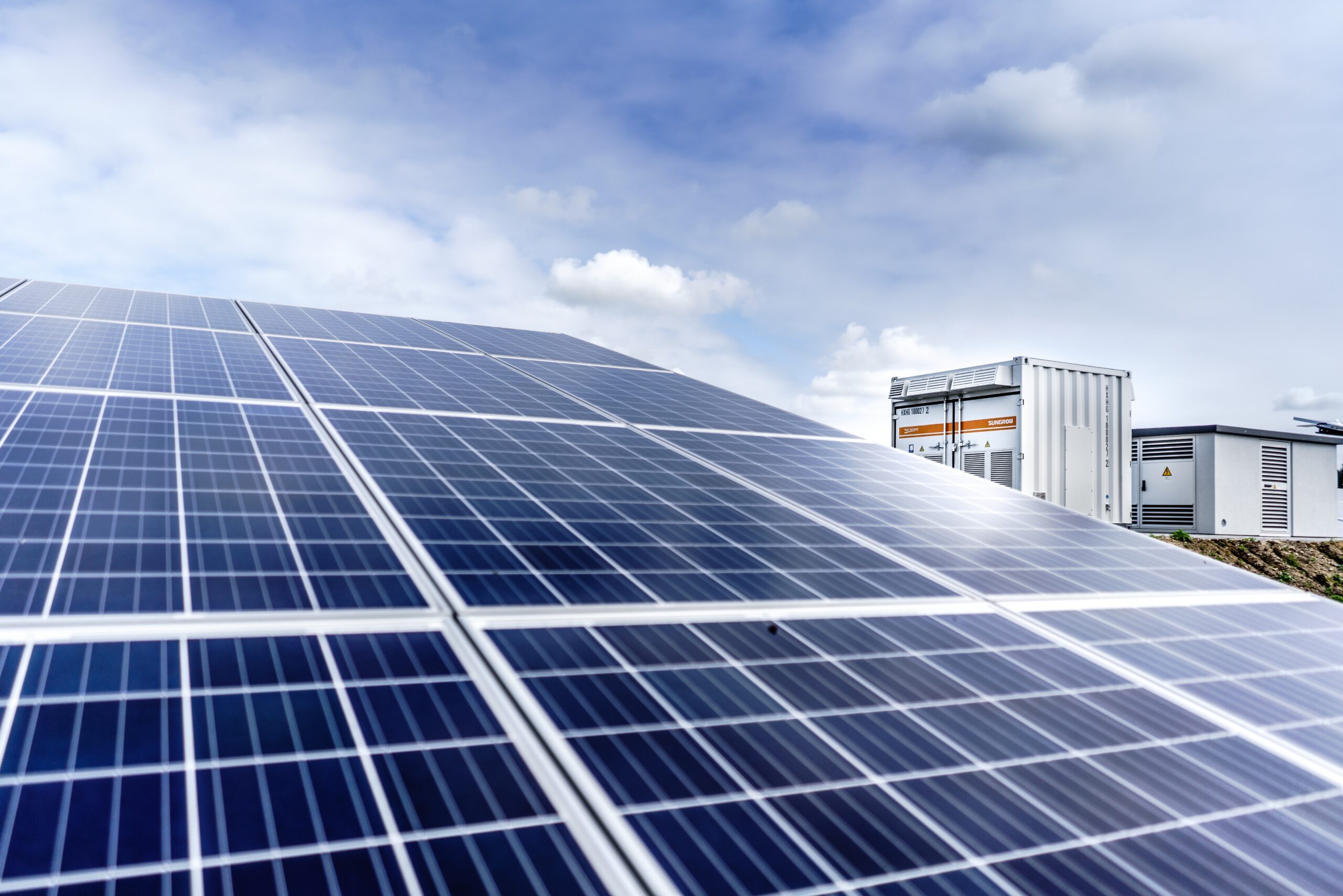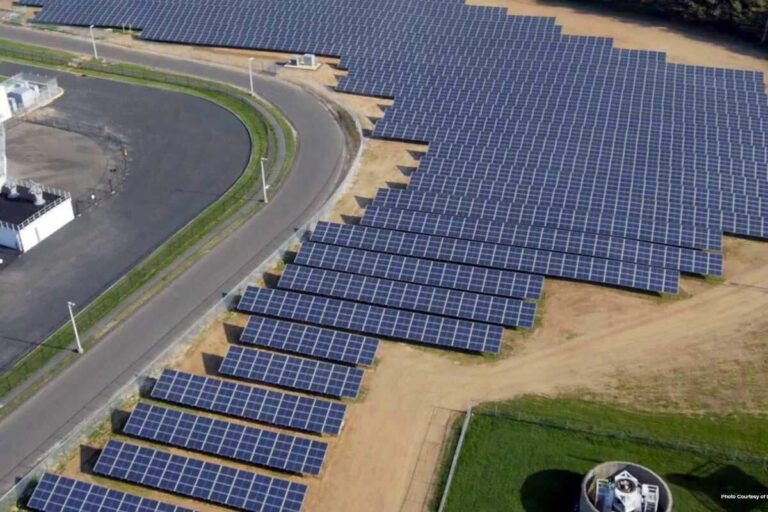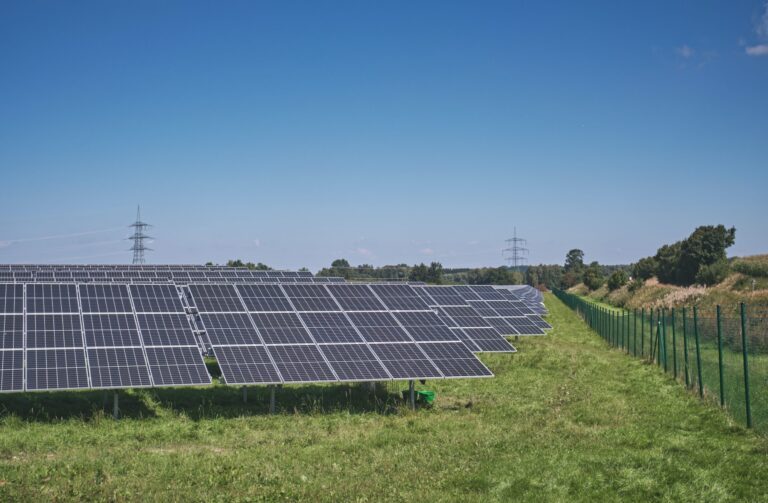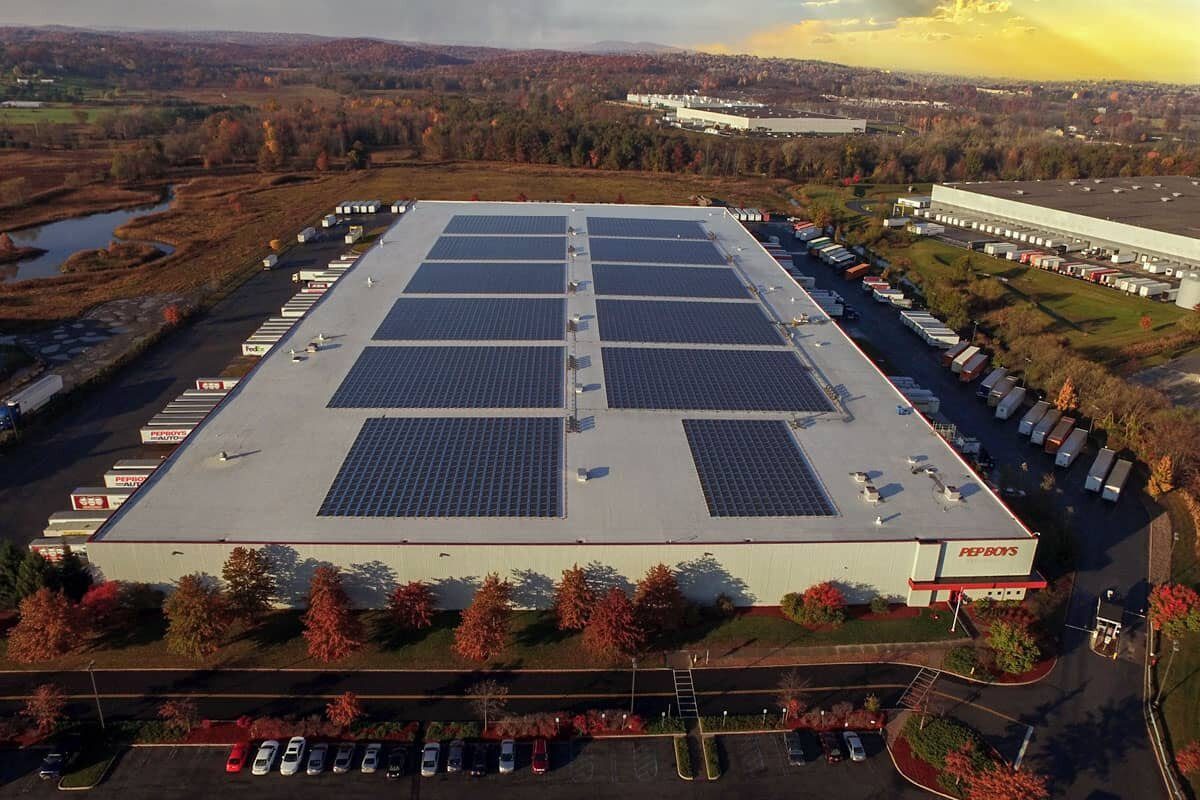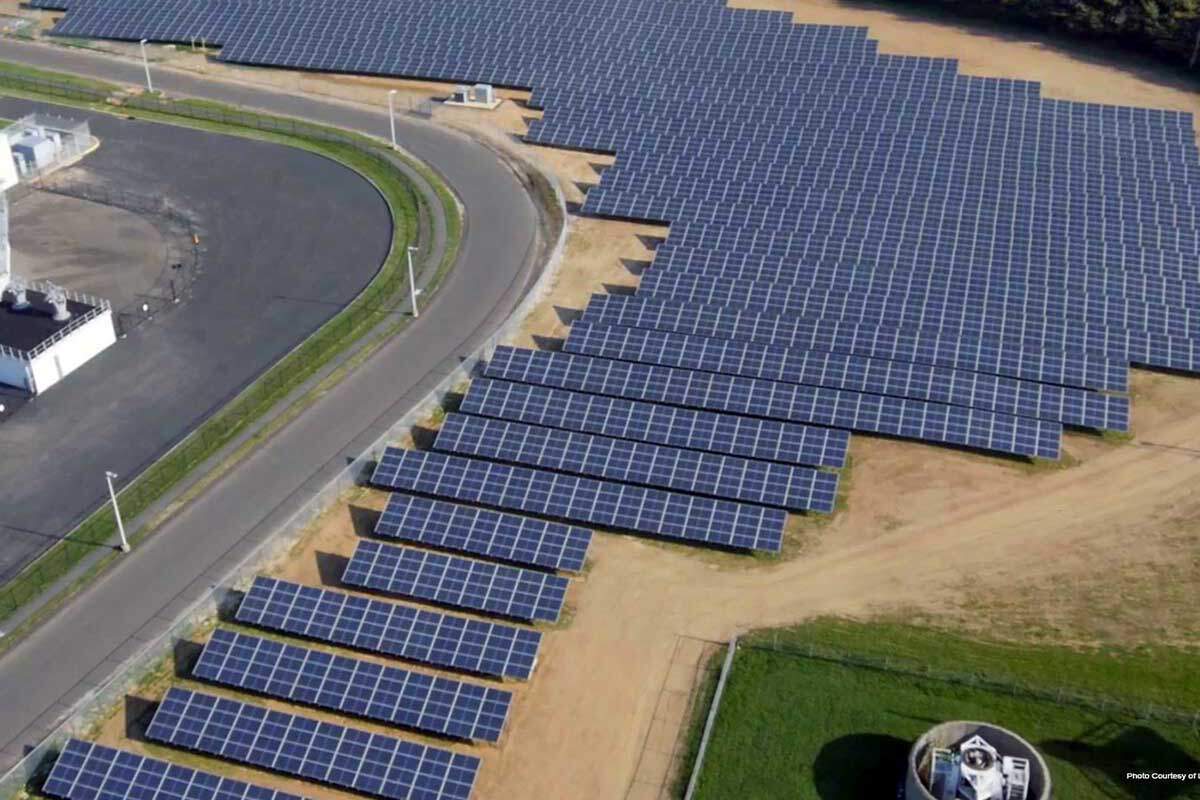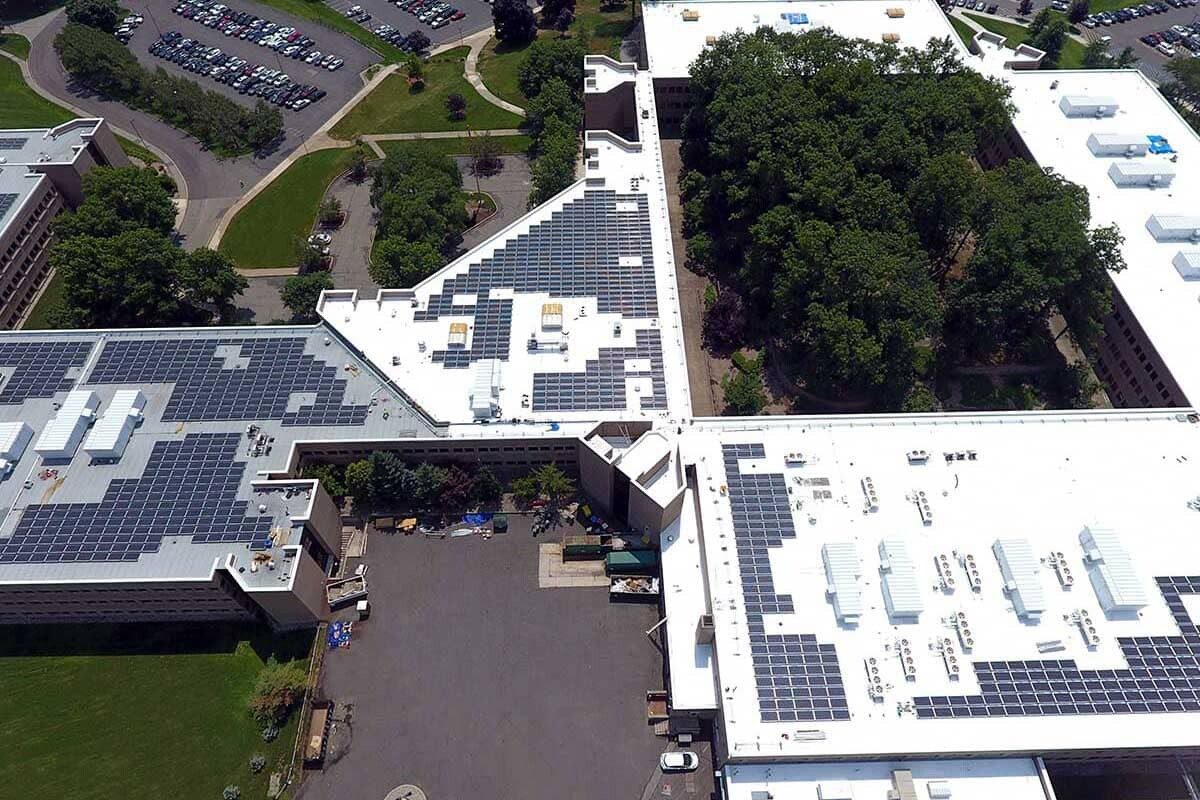A pair of bills have been approved by Maryland lawmakers to make permanent the state’s community solar program and set a target of 3 GW of energy storage capacity by 2033.
House Bill 910 cleared the Maryland General Assembly on April 6, sending the legislation to the desk of Gov. Wes Moore (D) for final approval. The bill would require the state’s energy regulator, the Maryland Public Service Commission, to implement the Maryland Energy Storage Program in pursuit of deploying 3 GW of new capacity over the next decade.
The Maryland energy storage target allows for thermal storage, electrochemical storage, virtual power plants, and hydrogen-based storage.
A separate bill, House Bill 908, was also approved by the state legislature to make permanent Maryland’s community solar pilot program, which was first established in 2015. If signed into law by the governor, the law will require community solar projects to dedicate 40% of output to low and moderate-income (LMI) subscribers.
There is no cap on the amount of community solar capacity the state could add under the bill. Maryland’s community solar pilot program limited overall capacity to 583 MW, including 125 MW for LMI customers, which amounted to 4.55% of the state’s peak load.
The law would also require community solar developers to adhere to prevailing wage requirements.
Trevor Laughlin, a policy and regulatory affairs analyst for Maryland-based community solar developer Standard Solar, said the legislation presents “a great opportunity to accelerate the state’s shift towards renewable energy.”
Laughlin said the legislation is particularly strong due to its focuses on consolidated billing and self-attestations for low-to-moderate income subscribers.
“All states should consider developing similar programs like this one now,” he added.
As of January 2022, Maryland had 58 MW of installed community solar capacity, according to a Dept. of Energy tracker.












